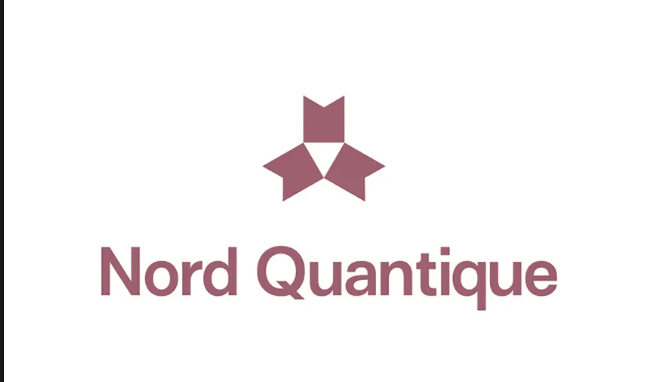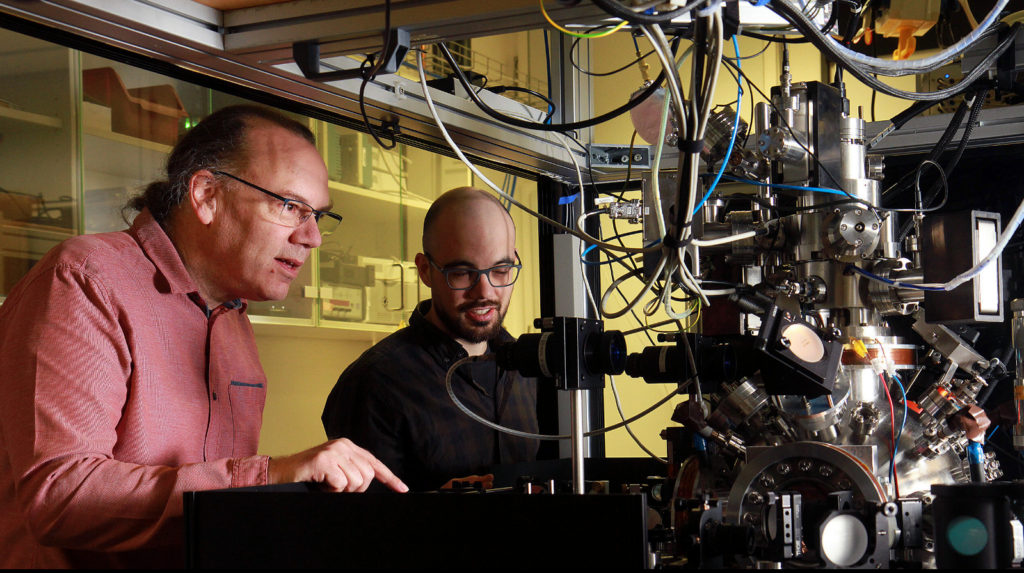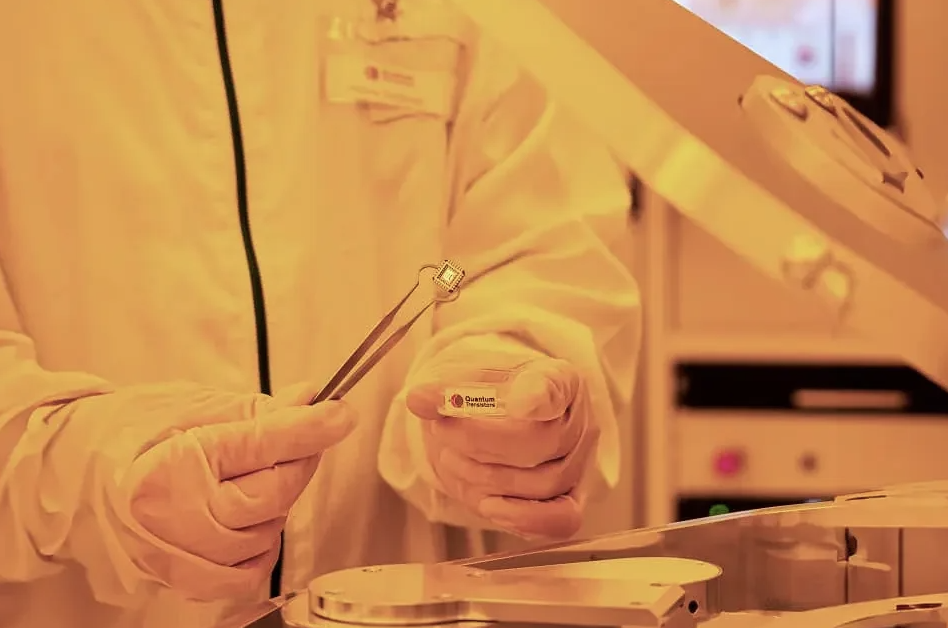Insider Brief
- Researchers from KAIST, Argonne National Laboratory, and the University of Illinois demonstrated for the first time that magnets can be used to perform quantum computing operations.
- The team developed a photon-magnon hybrid chip using yttrium iron garnet (YIG) magnets and superconducting resonators to enable lossless signal transmission.
- The experiment showed real-time multi-pulse interference, suggesting magnets could support scalable, low-noise quantum communication and computing systems.
- Image: Kim Gap-jin (left) KAIST Physics Department professor and Song Mujun, Ph.D. (KAIST)
A team of scientists from South Korea and the United States has demonstrated that magnets can perform quantum computing functions, potentially opening new avenues for building scalable quantum systems using widely available materials.
As reported by Chosun Biz, the Korea Advanced Institute of Science and Technology (KAIST) announced that Professor Kim Kap-jin and his colleagues have successfully developed a photon-magnon hybrid chip that uses magnets to conduct quantum-level operations. The achievement, made in partnership with the U.S. Department of Energy’s Argonne National Laboratory and the University of Illinois at Urbana-Champaign, represents a significant advance in using magnetic materials for quantum technologies.
The findings were recently published in NPJ Spintronics and Nature Communications.

“We have opened up the possibilities of a new research field called quantum spintronics,” said Kim, as reported by Chosun Biz. “This is expected to be an important turning point for the development of high-efficiency quantum information processing devices.”
Quantum Signals Using Magnons
At the core of the research are magnons — collective oscillations of electron spins inside a magnet. In basic terms, spin refers to the intrinsic angular momentum of electrons, which also gives rise to magnetism. When spins in a material oscillate together, they produce a wave-like phenomenon known as a magnon.
What makes magnons attractive for quantum applications is their ability to carry information in a single direction, a property known as non-reciprocity. This feature can help reduce errors caused by unwanted feedback or noise, a longstanding hurdle in quantum information systems. However, controlling the phase — essentially the timing — of magnons has been difficult.
The joint research team overcame this challenge by placing two small yttrium iron garnet (YIG) magnets 12 millimeters apart and connecting them using superconducting resonators. These resonators are the same kind of circuit components used in commercial quantum computers developed by companies like Google and IBM.
To test the setup, the researchers sent signals into one magnet and observed whether the information transferred to the other magnet. The results showed that both ultra-short pulses lasting only a few nanoseconds and longer microwave signals could be transmitted between the magnets without any measurable loss.
According to Chosun Biz, this is the first time anyone has demonstrated that magnetic materials can be actively involved in quantum operations. Until now, magnetic components were largely excluded from quantum computing hardware due to concerns about noise and signal degradation.
A New Platform for Quantum Systems
This hybrid approach combining light (photons) and magnetic waves (magnons) may lay the foundation for a new class of quantum devices that are more robust, simpler to manufacture and possibly cheaper than existing systems. Photons are already widely used to carry quantum information over long distances, particularly in quantum communication networks. Integrating them with magnons could lead to new tools that bridge quantum processors and communication systems.
The researchers say the experiment also showed that magnonic systems can handle real-time quantum operations involving interference from multiple pulses, a requirement for many complex quantum algorithms. The demonstration of multi-pulse interference in real time suggests that the system is not only feasible but also functional under demanding conditions.
While current quantum computers mostly rely on superconducting qubits, ion traps, or photonics, magnetic systems could offer an alternative with their own set of advantages. Magnetic materials like YIG are relatively inexpensive and well understood, and they do not require the extreme cooling that superconducting circuits often need. If scaled, magnetic chips could be used in devices that perform quantum computations, transmit quantum information over long distances, or serve as building blocks for distributed quantum networks.
Implications and Next Steps
According to Chosun Biz, the researchers believe this work could contribute to the development of magnet-based quantum computers that are easier to build and operate. By demonstrating lossless signal transmission and real-time interference control, the team has addressed some of the critical limitations that have kept magnets out of the quantum conversation until now.
Further research will be needed to determine whether these magnetic systems can scale up to support many qubits or be integrated into existing quantum platforms. But the successful proof-of-concept may provide the momentum needed to explore magnet-based quantum architectures more seriously, the team suggests.


















